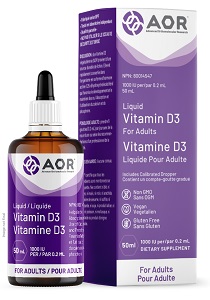Posted Oct 2, 2011
What are triglycerides? Simply said, triglycerides (“try-GLISS-er-rides”) are fats. Most of the fat (95 percent) in our food and almost all (99 percent) of the fat in our body is in the form of triglycerides. Triglycerides are named for their chemical structure – 3 (“tri”) fatty acids attached to a molecule of glycerol (“glyceride”).
Depending on what type of fatty acids they are made from, triglycerides are said to be “saturated” or “unsaturated.” Food fats that are solid at room temperature (think butter) are more “saturated”. Those that are liquid (like oils) are more unsaturated. Triglycerides in the body have many functions. They cushion body parts. They provide energy to body cells. And when not needed for immediate energy (such as when we zone out on the couch with chips and dip), triglycerides happily find a home in fat storage depots known as adipose tissue.
Where do they come from? Triglycerides are in fat-containing foods such as mayonnaise, nuts and oils. They are also present in meats, fish, poultry, and dairy foods.
In our bodies, triglycerides are formed when we consume more calories (body fuel) than we need for our daily activities. Excess calories from any source – fat, carbohydrates (sugars and starches), protein, or alcohol – can trigger the formation of triglycerides (fat) in the body.
How can we avoid having problems with triglycerides in our blood work? “High triglycerides” means that blood is laden with fat…not good for a heart that has to pump it. Start by cutting extra fat from your diet, especially the saturated variety often found in processed and packaged food.





